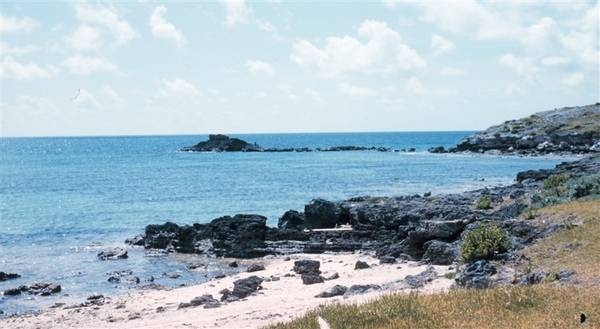Bermuda
Photos
12 Photos
Filter Categories
All
Filters
Cruise ship at King's Wharf on North Ireland Island near the Royal Navy Dockyard.
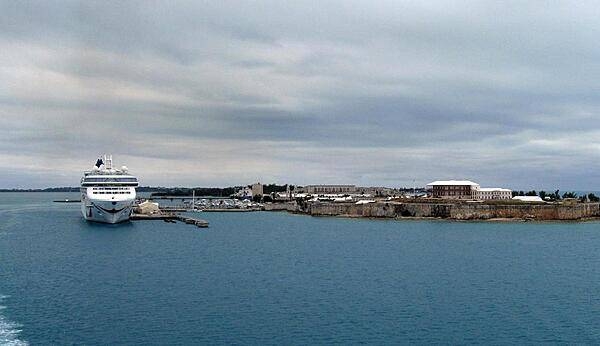
Tugboat at King's Wharf.
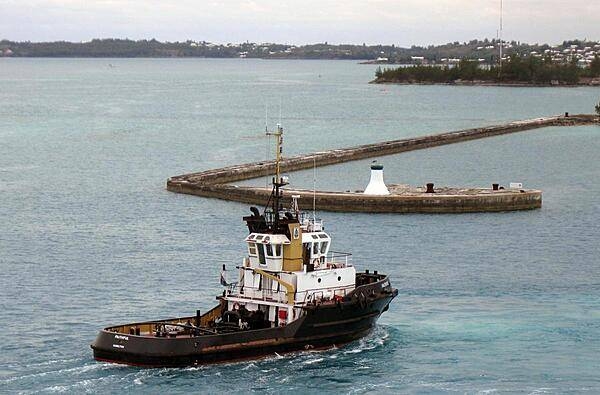
Gibbs Hill Lighthouse, built in 1846, is the oldest cast-iron lighthouse in the world.
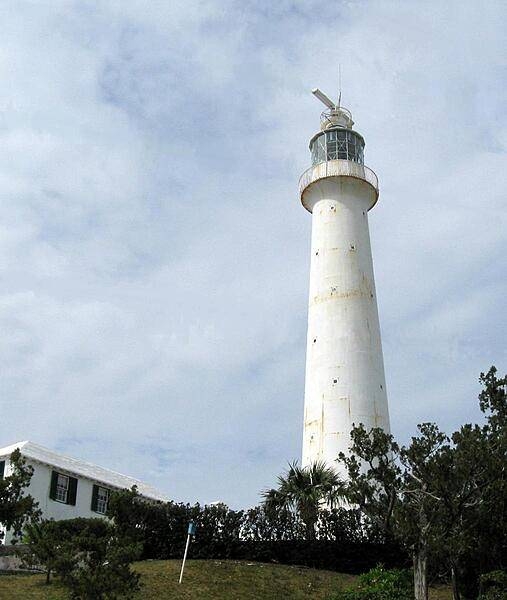
The view east toward King's Wharf from Gibbs Hill with sailboats and cruise ship in the distance.

Flamingos at the Bermuda Zoo.

Horseshoe Bay Beach is named for its natural U-shape. The beach, bordered by limestone cliffs, has large reefs as well as the famous Bermuda pink sand (the color derives from crushed shells and coral). Horseshoe Bay Beach is rated one of the most popular beaches in the world to visit and is the most photographed beach in Bermuda.

Fort St. Catherine is the largest fort in Bermuda; it was first constructed in 1612 and subsequently rebuilt five times up to the end of the 19th century when Bermuda became a premier base for the British Royal Navy in the Western Hemisphere. In the 20th century, forts fell out of favor, and most of the coastal artillery still in use was placed in batteries with only minimal fortification. Today Fort St. Catherine houses a Bermudian history museum with special emphasis on the military.
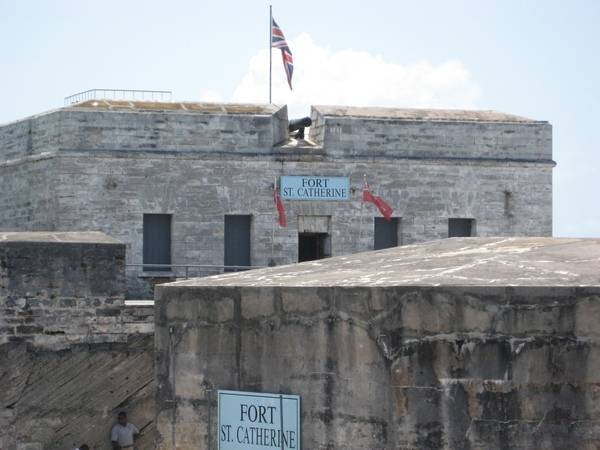
Bermuda’s “Unfinished Church” - what would have been St. George Church - fell victim to three events that precluded its use. The Gothic 650-seat church, designed by William Hay, began construction in 1874 as a replacement for the storm-damaged St. Peter’s church. During the construction the congregation split, which halted work on the church. Funds were later diverted to build a new cathedral in Hamilton after the old one burned down. Private donations finished the church in 1899, but the rejoined congregation returned to old St. Peter’s. In 1926, a storm damaged the church leaving it in its present condition. The “Unfinished Church” is maintained by the Bermuda National Trust.
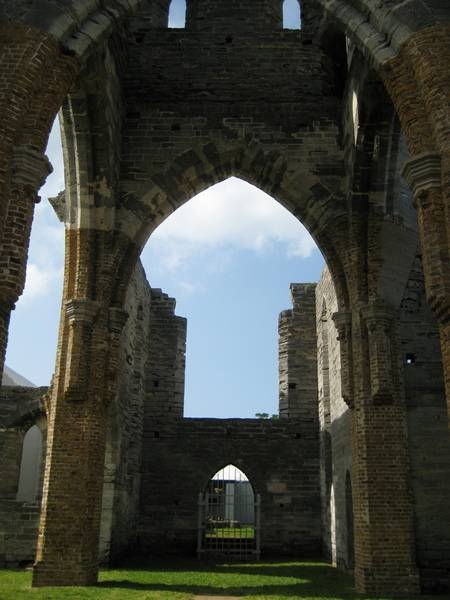
Bermuda’s “Unfinished Church” - what would have been St. George Church - fell victim to three events that precluded its use. The Gothic 650-seat church, designed by William Hay, began construction in 1874 as a replacement for the storm-damaged St. Peter’s church. During the construction the congregation split, which halted work on the church. Funds were later diverted to build a new cathedral in Hamilton after the old one burned down. Private donations finished the church in 1899, but the rejoined congregation returned to old St. Peter’s. In 1926, a storm damaged the church leaving it in its present condition. The “Unfinished Church” is maintained by the Bermuda National Trust.
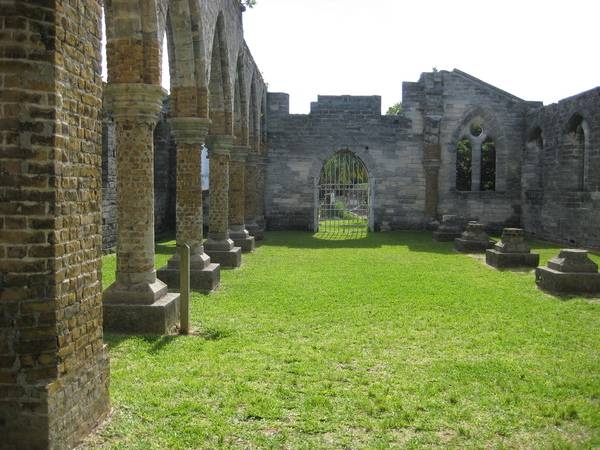
St. Peter’s Church, located in the UNESCO World Heritage Site of the Town of St. George, is the oldest Anglican Church outside the British Isles and the oldest church in continuous use in the New World. Established in 1612 when Bermuda was settled by the Virginia Company, the church was rebuilt many times due to stormy weather, and eventually constructed of stone in 1826. In 2012, for the Queen’s Diamond Jubilee year, St. Peter’s was granted the royal designation of “Their Majesties Chappell,” a title first used for the church during the reign of King William III and Queen Mary II. This title was often granted by monarchs to churches in their colonies.
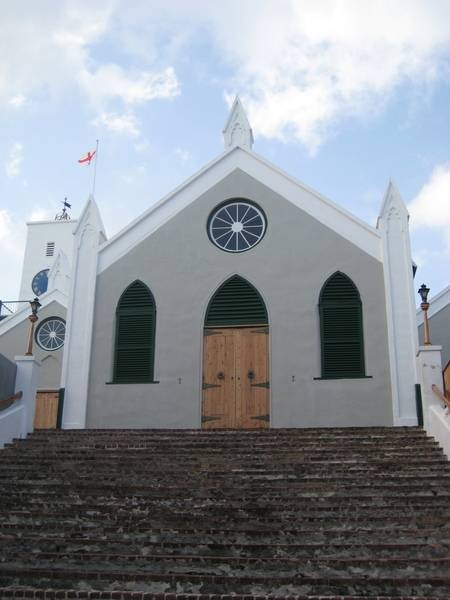
An iconic symbol of Bermuda are its moongates which trace their roots back to China. The structures are believed to bring good luck, prosperity, and joy to those who pass under them and make a wish. Bermuda's moongates began in 1860 when a local sea captain visited a Chinese garden and returned to the island with plans to build one. Incorporation of the whimsical gates into Bermudian architecture took off in the 1920s and today there are 40 of them across the island on private and public property.

A view of Whalebone Bay. Photo courtesy of NOAA / Anthony R. Picciolo.
